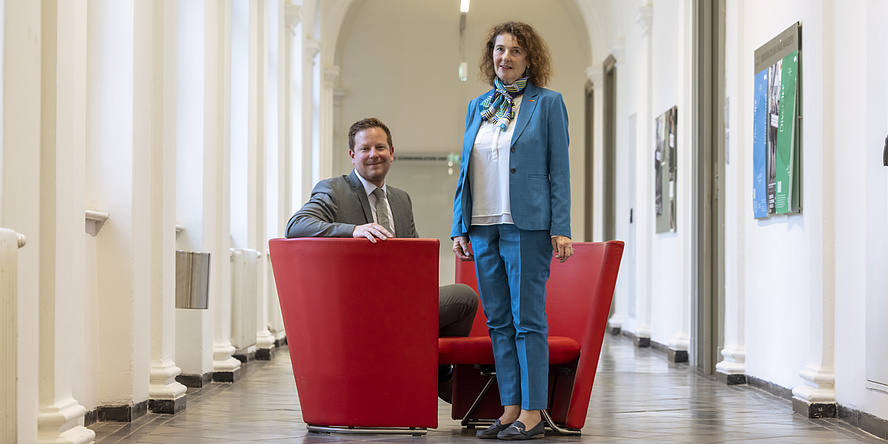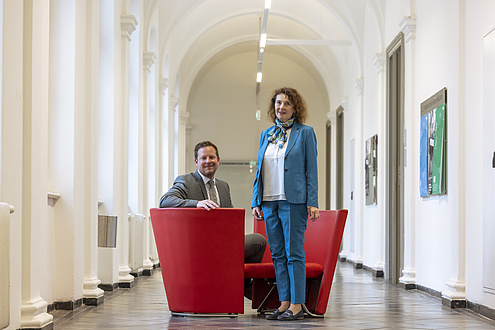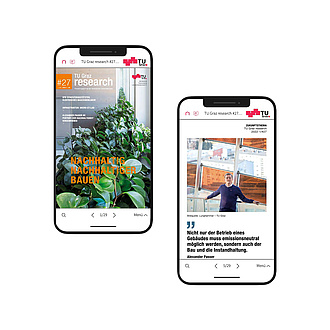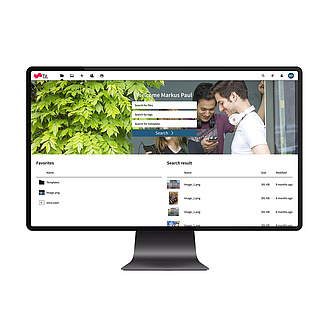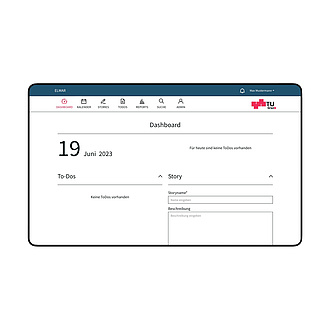“By establishing this GmbH, we are creating an innovative platform to help bring university developments to market more efficiently,” says Vice-Rector Andrea Hoffmann. “At the same time, we are addressing some of the key challenges that universities face today: the need for digitalisation, increasing pressure to boost efficiency, and their duties in terms of responsible use of limited resources.”
TU Graz Business GmbH is designed to serve as a central partner for software products, consulting services, and tailored IT solutions. Its portfolio ranges from product launches and support to further development in collaboration with users.
“We are creating a professional framework for the distribution of high-quality university IT solutions – scalable, legally compliant, and with added value for lots of institutions,” says Managing Director Tobias Solacher. “The positive response in our initial collaborations shows we’re on the right track.”
First tools already on the market
Right from the outset, TU Graz Business GmbH is offering a comprehensive product solution: specifically designed for university communications departments, the TUULS software suite has already been successfully implemented in partnership with international digital agency Conversory. It combines several key tools. These include Elmar, an editorial system that allows content to be planned and managed on a collaborative basis via an intuitive, responsive interface. In addition, TUULS comprises a digital asset management system, which facilitates centralised management of images, licences, and documents – making lengthy searches a thing of the past. A digital publishing tool is also included for multimedia, resource-efficient, and secure production of digital publications.
Running on European servers, all tools are GDPR-compliant to ensure full data control.
TUULS is an attractive solution for communications departments facing similar goals and challenges – such as digitalising internal processes, addressing growing public scepticism towards science, and managing shrinking budgets. Instead of developing costly individual solutions, universities can use a shared platform. Maintenance, development and support are provided through affordable maintenance contracts, which also grant access to the TUULS Community: a space for exchange, tutorials, demo videos, and strategic discussions on science communication.
As the developer behind these software solutions, TU Graz has already successfully deployed the tools internally. Educational institutions can find an overview of all products and contact information at: https://tuuls.digital
